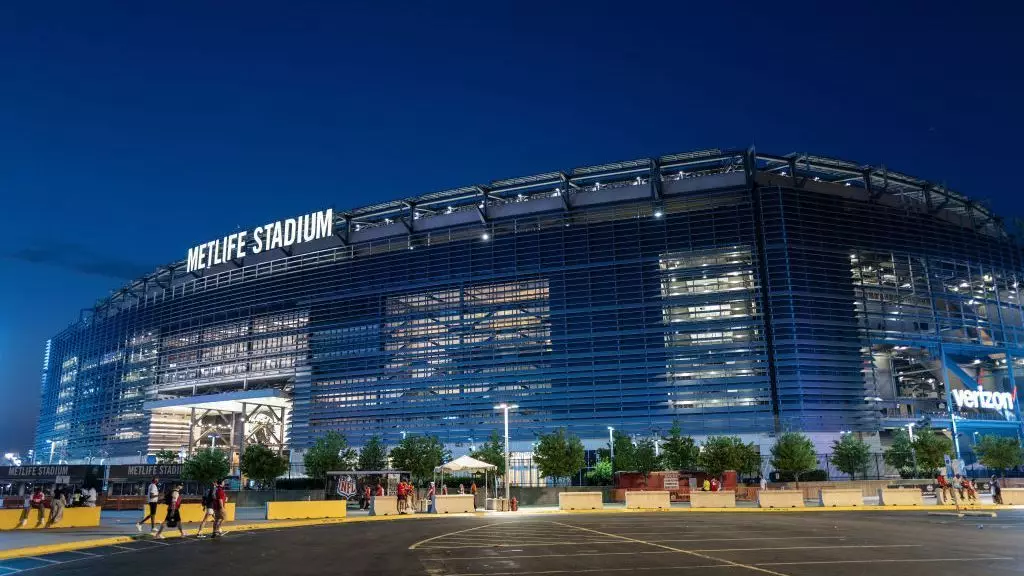FIFA has stirred excitement in the football community by unveiling the twelve venues for the highly anticipated 2025 FIFA Club World Cup. This prestigious tournament—a grand stage for the best clubs from around the globe—will kick off on June 15, culminating in a thrilling final match at the iconic MetLife Stadium in East Rutherford, New Jersey, on July 13. The selected venues span a variety of prominent cities across the United States, including Mercedes-Benz Stadium in Atlanta and the historic Rose Bowl in Los Angeles, further emphasizing the country’s commitment to hosting world-class sporting events.
FIFA President Gianni Infantino described the event as a landmark moment in the evolution of club football. He emphasized that the tournament would herald a new era marked by inclusiveness and meritocracy. With 32 of the finest clubs globally competing for glory, this tournament represents an unprecedented opportunity for both seasoned teams and up-and-coming clubs from regions like Africa, Asia, and Central America to showcase their talents on an international stage. The incorporation of diverse clubs into the competition suggests FIFA’s attempt to broaden the appeal of football while promoting a more equitable global landscape in club competitions.
The decision to concentrate most matches along the East Coast was strategically made to prevent scheduling conflicts with the 2025 Gold Cup, which is set to dominate the West Coast during the same period. Such planning is essential to ensure that both tournaments can run smoothly without overlapping issues. However, the inclusion of Lumen Field in Seattle as a host venue was reportedly influenced by the Seattle Sounders’ qualification for the Club World Cup. This highlights the complexities FIFA faces in organizing a mega event, balancing various stakeholders’ interests, and navigating specific logistical challenges while maintaining fairness in scheduling.
Despite the excitement surrounding the tournament, FIFA has faced significant criticism regarding the planning and timing of the event. Major organizations in football, such as FIFPRO and the Professional Footballers’ Association in England, have voiced concerns over potential schedule congestion and the overwhelming increase in match fixtures that players may face. The Premier League has questioned the propriety of scheduling the tournament during a summer window, typically reserved for international matches, further complicating the prospect of player availability for clubs.
In a significant departure from the tournament’s traditional format, the 2025 edition will feature an expanded roster of 32 teams—an increase from the previous seven-club model. Infantino touted this transformation as a crucial step towards inclusivity, allowing a wider array of clubs, particularly those from less represented confederations, an opportunity to compete against football’s elite. This expansion signals a departure toward a more globalized approach to club competitions, allowing for greater cross-pollination of talent and ideas in the sport.
Ultimately, FIFA’s move towards creating a world-class tournament encompassing diverse teams has the potential to redefine the future of club football. As Infantino stated, the tournament will provide “opportunity and hope” for clubs around the globe, giving them a platform to shine on an international scale. It represents an evolving vision of football that goes beyond traditional powerhouses in Europe and South America, fostering a spirit of unity within the sport and offering a chance for up-and-coming clubs to establish themselves on the global stage.
As we approach this inaugural tournament of its kind in the United States, both fans and players alike are left eagerly anticipating the spectacle that will unfold across the carefully curated venues, marking a pivotal moment in football history.

